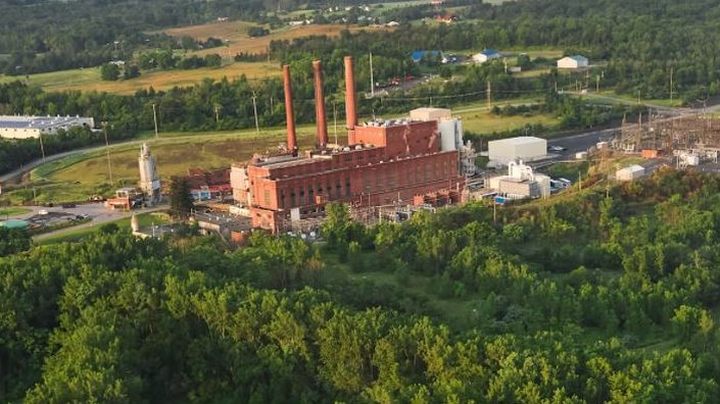How much electricity do cryptocurrencies consume?. How cryptocurrencies reshape our everyday lives

- What's Cryptocurrency and How It Changes Our World?
- How much electricity do cryptocurrencies consume?
- Are cryptocurrencies threatening the power grid?
- Cryptocurrencies, or the assault on rare earth metals
- Cryptocurrencies – bad, good or ugly?
How much electricity do cryptocurrencies consume?
There is no simple answer to this question, but the short answer is: quite a lot. Even before China declared war on cryptocurrencies, global energy consumption for mining BTC was so high that it would consume more than 141 TWh per year, according to the Cambridge Centre for Alternative Finance. That's about as much as Malaysia, a country of more than 30 million people, consumes annually. The chart shows a sharp decline in consumption in May 2021 – a result of the closure of many Chinese mines.

However, BTC mining has now dropped significantly, translating into a projected annual energy consumption of 96 TWh. This is more than the Czech Republic (64 TWh), Austria (66 TWh) or Belgium (82 TWh), but less than the Netherlands (111 TWh). One cryptocurrency therefore consumes more energy than many of the highly developed economies of Europe. Some of this energy does come from renewable sources, but all the rest increases pollution. Assessing the environmental impact of cryptocurrencies is difficult, and we look at this issue in the following section.
Consumed electricity also means significant carbon footprint. According to a Reuters report, BTC generates between 22 and 22.9 million tons of CO2 annually. Assuming that a passenger car produces about 4.6 tons of CO2 emissions a year, bitcoin generates as much carbon dioxide as nearly 5 million passenger cars. It gets even worse, as Bitcoin Magazine estimated actual emissions at 61.2 million tons, which would be the equivalent of as many as 13.3 million passenger cars. By comparison, there's about 8 million cars registered in the whole state of Texas.
Local scale – entire power plants working for miners
The global scale can be impressive, especially when compared to countries in our region. Locally, things are similarly spectacular. The Greenidge Generation coal-fired power plant in the U.S. got a second life when a private company converted it into a gas-powered plant and devoted 40% of the energy yield (the target is up to 79%) to mining BTC alone. Ironically – after years of "real" miners working for the power plant, it is now the power plant that works for their digital namesakes.

The problems associated with the operation of the power plant were accepted by the local community because of its supply of essential energy. But now, when a significant amount is being allocated to the needs of investors, residents are becoming increasingly wary of its negative impact on the surrounding area, particularly the lake, whose water is used to cool the equipment. It is getting warmer and warmer, which poses the risk of rendering it a dead reservoir. This example shows that while cryptocurrencies represent a profit for a very limited set of investors, they can burden others due to their extremely high energy intensity.
Virtual money can also have a negative impact on the so-called energy mix – the structure of electricity generation. A single miner with a small installation is unlikely to change national energy development strategies, but a distributed network of miners can already noticeably offset a country's electricity demand projections. Cryptocurrencies may therefore indirectly affect the planned shutdown of coal-fired power plants, resulting in increased pollution and emissions.
Depending on the source of electricity, cryptocurrencies can also negatively impact water availability in a region. While wind or solar power plants only require water at the production stage (additionally, panels sometimes need to be washed), coal, gas and nuclear plants would not be able to function without a constant supply of water. These plants are essentially gargantuan steam engines: they produce thermal energy from burning fuel, and then convert that thermal energy into electricity by boiling water, producing steam, and thus powering the turbines

Since water is crucial for their operation, it means they may be jeopardized during times of drought and extreme heat, which rather sucks, as the number of hot days generally saw a 100% increase since the 1970s. Heavy load on the power grid from cryptocurrencies can cause instability and temporary power outages, at least for some consumers. It is also not unlikely that we will experience water shortages or heavy restrictions on water use, as it will primarily be used to keep power plants running.
